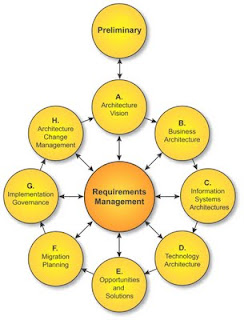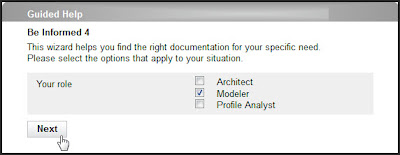No Humans Allowed: The Top 5 Pitfalls In Robotic Process Automation
By using Robotic Process Automation (RPA), we are able to create a digital workforce. But how autonomous will this workforce be? And how can we manage such a workforce?
For our rapidly growing organization, we are currently looking for claim handlers. Your work will be to ensure that insurance claims are handled efficiently and that payment for valid claims is made to their policyholders. You need to decide on the extent and validity of a claim, checking for any potential fraudulent activity and further process the claim. You will work 24 hours a day for 7 days a week and you will cost us 75% less than the workforce you will be replacing.
RPA is shaping the workforce of the future
Well, this is a job offer no robot can refuse. Robotic process automation (RPA) is quickly shaping the workforce of the future. Gartner predicts that current RPA vendors will add more process or task-specific capabilities to their software, while in the meantime vendors in the process domain will add RPA-like functionality. This suggest that in a couple of years most of our human administrative workforce would be replaced by robots.The question is however: Are robots suitable for every job? Can we simply replace every human worker by a robot or will the future offer us a workforce that exists of humans and robots working together?
Read the full article on Accenture Insights



Comments